20+ Years Experience
Specialist Property Inspections

Enquire Today For A Free No Obligation Quote
Property inspections play a crucial role in ensuring the safety, compliance, and condition of a property. It is essential to conduct thorough inspections before buying a property or as a part of regular maintenance. Property inspections help identify hidden issues that may not be apparent at first glance and can save you from expensive and potentially dangerous surprises down the line.
The importance of property inspections lies in three key factors: safety and compliance, identifying hidden issues, and assessing the overall condition of the property. By conducting detailed inspections, potential problems can be identified early on, allowing for timely repairs and necessary actions to be taken.
Common hidden problems found during property inspections include damp and mould, structural issues, electrical problems, plumbing and drainage issues, roofing problems, pest infestations, asbestos and other hazardous materials, insulation and energy efficiency concerns, and fire safety risks.
Dealing with hidden issues requires a proactive approach. Seeking professional advice is essential, as experts can provide insights and guidance on the severity of the problems and the best course of action. Creating a prioritized plan and budgeting for repairs and maintenance are crucial for addressing issues effectively. Engaging qualified contractors ensures quality workmanship, and regular inspections help to keep track of any emerging problems before they escalate.
By understanding the importance of property inspections and being aware of the common hidden issues, property owners can take proactive steps to maintain the safety, functionality, and value of their properties.
Property inspections are important for maintaining the safety, compliance, and overall condition of a property. In this section, we will discuss the significance of property inspections and why they should not be overlooked. We will explore the various aspects covered in property inspections, including ensuring safety and compliance, identifying hidden issues, assessing the property’s condition, and uncovering concerns such as structural issues, electrical, plumbing, and roofing problems, as well as pest infestations and hazardous materials. Let’s dive in!
Ensuring safety and compliance is one of the main reasons why property inspections are important. Inspections help identify potential hazards and non-compliant areas, reducing the risk of accidents and legal liabilities. They also ensure that properties meet the required safety standards, including fire safety regulations, electrical codes, and health and sanitation guidelines. By addressing any issues found during inspections, property owners can create a safe and compliant environment for occupants. A real-life example that illustrates the significance of safety and compliance is when a property inspection uncovered faulty wiring, which prevented a potential electrical fire.
Identifying hidden issues is crucial during property inspections to ensure the safety, functionality, and value of a property. Here are the common hidden problems found and the importance of addressing them:
| Damp and Mould | Uncover potential health hazards and structural damage caused by moisture and mould. |
| Structural Issues | Identify cracks, foundation problems, or weak structural elements that may compromise the integrity of the property. |
| Electrical Problems | Ensure the safety of the electrical system, including faulty wiring, outdated electrical panels, or potential fire hazards. |
| Plumbing and Drainage Issues | Discover leaks, pipe damage, or blocked drains that can lead to water damage and inconvenience. |
| Roofing Problems | Unveil roof leaks, missing or damaged shingles, and inadequate insulation that may compromise the property’s protection. |
| Pest Infestations | Detect the presence of pests like termites, rodents, or bed bugs which can cause extensive damage and health risks. |
| Asbestos and Hazardous Materials | Identify the presence of harmful materials, such as asbestos or lead-based paint, that require safe removal and abatement. |
| Insulation and Energy Efficiency | Evaluate insulation quality and energy efficiency to reduce utility costs and improve comfort. |
| Fire Safety Concerns | Address fire hazards, including faulty smoke detectors, inadequate fire exits, or flammable materials. |
By identifying these hidden issues, property owners can take the necessary steps to prioritize repairs, ensure the longevity of the property, and create a safe and comfortable environment for residents.
Assessing the condition of a property is essential to ensure its safety, functionality, and value. Here are some important steps to consider:
Examine the exterior: Look for any damages, cracks, or signs of weathering on the walls, roof, windows, and doors.
Evaluate the interior: Assess the condition of the floors, walls, ceilings, and check for any signs of water damage, pests, or structural issues.
Check the plumbing and electrical systems: Test taps, toilets, and sockets to ensure they are functioning properly and meet safety standards.
Evaluate the HVAC system: Assess the heating, ventilation, and air conditioning system to determine its efficiency and identify any potential issues.
Inspect the property’s foundation: Look for any cracks, unevenness, or signs of settlement, as this can indicate structural problems.
Assess the overall maintenance: Consider the general upkeep of the property, including the condition of the landscaping, paint, and other visible features.
By thoroughly assessing these aspects, you can make informed decisions about the property’s condition and any necessary repairs or maintenance.
When it comes to property inspections, identifying and addressing structural issues is crucial. Here is a list of steps to deal with these problems:
By following these steps, property owners can effectively address and resolve any structural problems found during inspections.
When conducting property inspections, it is crucial to address electrical problems promptly as they can pose serious risks.
Plumbing and drainage issues can have a significant impact on the functionality and value of a property. When conducting a property inspection, it is crucial to pay attention to the plumbing system and drainage infrastructure. Here are some common plumbing and drainage issues to look out for:
True story: During a property inspection, it was discovered that the house had an outdated plumbing system. The pipes were deteriorating, leading to frequent leaks and low water pressure. The drainage system also had several issues, causing water to pool in the backyard after heavy rain. The buyer decided to negotiate repairs with the seller before finalising the purchase to avoid potential plumbing and drainage problems in the future.
Roofing problems are common issues that can be discovered during property inspections. It is crucial to promptly address these problems to prevent further damage and ensure the safety of the property. Here are some examples of roofing problems that may be identified during inspections:
Addressing these roofing problems promptly through repairs or replacement can help maintain the integrity of the property and prevent further damage.
Pest infestations can cause significant damage to a property and pose health risks. When conducting property inspections, it is essential to be aware of these common pest problems:
To deal with pest infestations:
It is important to be aware of asbestos and other hazardous materials when conducting property inspections. These materials can pose serious health risks if not properly managed. When inspecting a property, you should look out for any signs of asbestos, such as old insulation, pipe lagging, or roofing materials. If you suspect the presence of asbestos or other hazardous materials, it is crucial to seek professional advice. They can assess the situation and provide guidance on how to safely handle and remove these materials. Always prioritize the safety of residents and workers when dealing with asbestos and other hazardous materials.
Insulation and energy efficiency are important factors to consider during property inspections. Proper insulation helps to maintain a comfortable indoor temperature while reducing energy consumption. Here are some key points to consider:
By prioritising insulation and energy efficiency during property inspections, you can improve comfort levels and potentially reduce energy costs.
Fire safety concerns are an important aspect of property inspections. It is crucial to evaluate the effectiveness of fire prevention measures, including fire alarms, smoke detectors, fire extinguishers, and emergency exits, during these inspections. Any issues or violations should be promptly identified and resolved to ensure the safety of the occupants. Regular inspections and maintenance of fire safety equipment are necessary to minimize the risk of fire-related accidents. Building owners and occupants should also receive education on fire safety protocols and procedures to improve preparedness and response in case of an emergency.
Dealing with hidden issues in property inspections necessitates a strategic approach. This section explores practical steps to address these concerns directly. It includes seeking professional advice, prioritising tasks, budgeting for repairs, and engaging qualified contractors. Effective strategies for dealing with hidden issues are uncovered, with an emphasis on the significance of regular inspections to stay ahead of potential problems. Get prepared to confidently navigate the realm of property inspections!
Seeking professional advice is essential when dealing with hidden issues discovered during property inspections. Building inspectors or contractors are experts in accurately assessing the severity of the problem and recommending the appropriate course of action. They can provide insights on repair options, potential costs, and necessary permits. By relying on their knowledge and experience, homeowners can make informed decisions and ensure that the issues are properly addressed. Professional advice can help prioritise repairs and create a maintenance plan to prevent future problems. When it comes to hidden issues, seeking professional advice is crucial for effective resolution.
Prioritizing and creating a plan is crucial when dealing with hidden issues identified in property inspections.
Creating a budget for repairs and maintenance is crucial for property owners to ensure the longevity and functionality of their properties. To create an effective budget for repairs and maintenance, property owners should follow these steps:
|
Having a well-planned budget allows property owners to proactively address issues and ensures that necessary repairs and maintenance can be carried out promptly.
Engaging qualified contractors is crucial when dealing with hidden issues discovered during property inspections. Here are the main reasons why:
Fact: Engaging qualified contractors can help prevent further damage to your property and save you money in the long run.
Regular property inspections are essential for maintaining the condition of a property and identifying any hidden issues that may arise. To keep up with your inspections, follow these steps:
| Schedule regular inspections | Set recurring reminders or create a calendar system to ensure inspections are conducted at appropriate intervals. |
| Perform comprehensive checks | Take the time to thoroughly inspect all areas of the property, including structural components, electrical systems, plumbing, roofing, and more. |
| Document any findings | Keep detailed records of any issues or concerns discovered during inspections for future reference. |
| Address issues promptly | If any problems are identified, prioritize their resolution and take appropriate action to rectify them. |
| Engage qualified professionals | When necessary, enlist the services of experienced contractors or specialists to conduct more in-depth assessments or repairs. |
Maintaining a proactive approach to regular inspections will help you catch and address any hidden issues before they become major problems. Stay diligent and ensure the ongoing safety and condition of your property.
During property inspections, common issues that can be unveiled include damp and mold, leaks, wear and tear and damage, pets, smoking and other tenancy breaches, poor hygiene, and illegal use.
Damp and mold can be detected during property inspections by their distinctive smell. It is important to address damp and mold issues promptly to prevent health problems and comply with regulations.
Landlords should observe signs such as odors, feeding bowls, and pet hair to identify pet-related issues. Some landlords do not allow pets in their properties due to the potential damage they may cause.
Smoking breaches can be identified by the smell of cigarettes and air fresheners. Smoking indoors can lead to staining and is often prohibited by landlords.
Common issues found during home inspections include electrical problems, plumbing faults, roof leaks, termite infestation, non-compliant insulation systems, and other structural or safety-related issues.
Home inspections are necessary when buying a new house to ensure that the building is in good condition. They provide peace of mind, allow buyers to determine the value of the property, and may reveal flaws that require costly repairs or negotiation for a lower price.
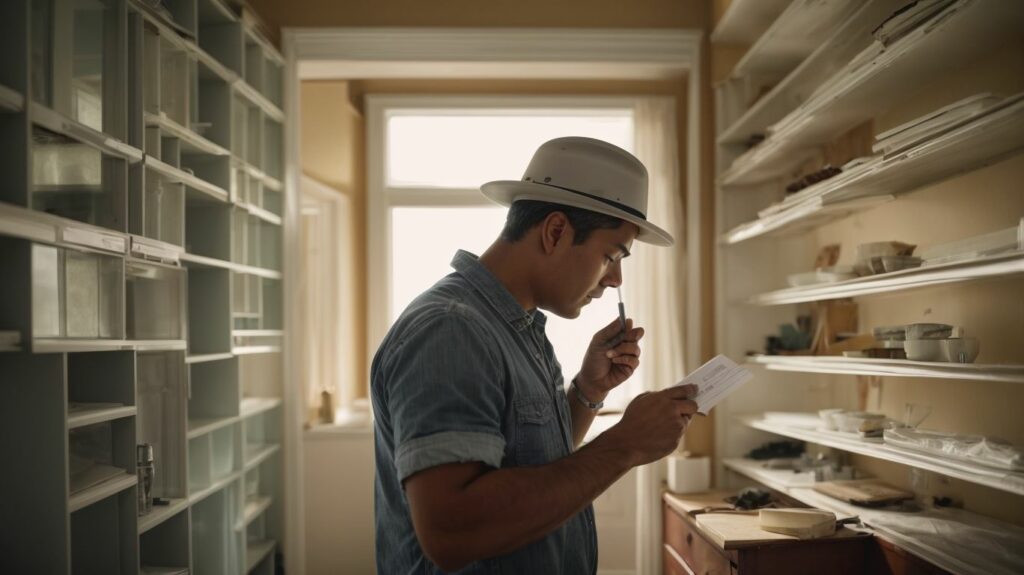
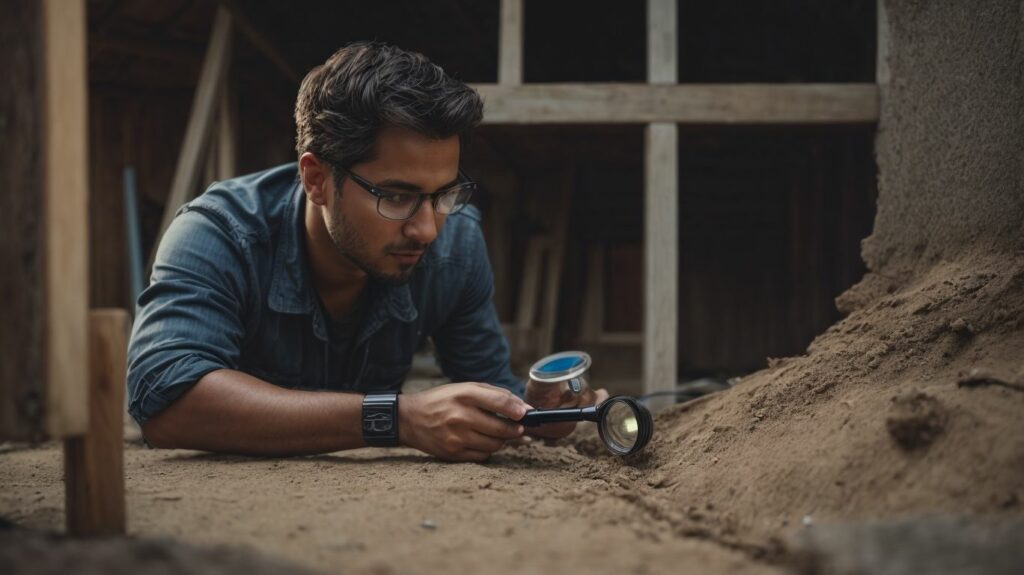

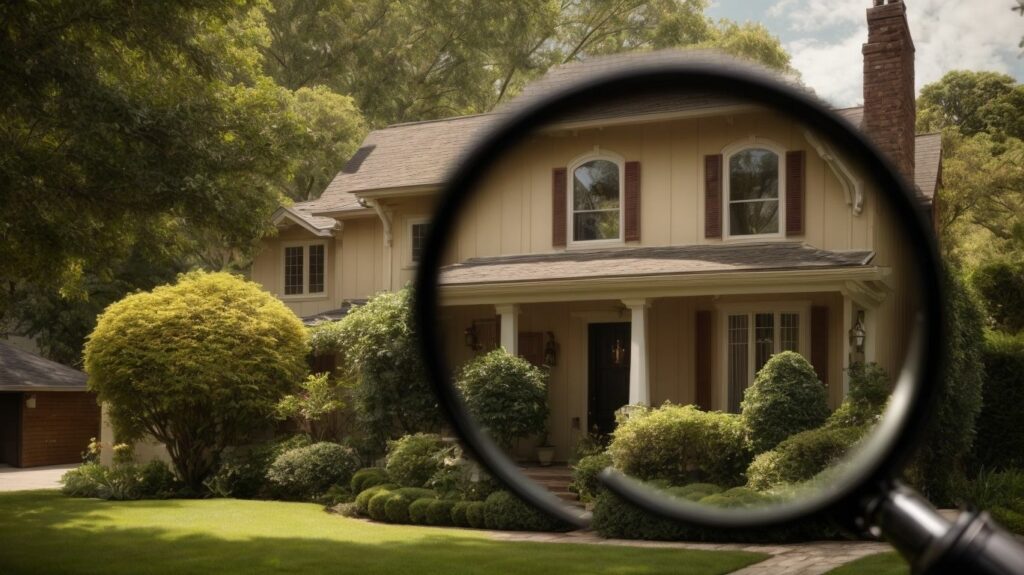


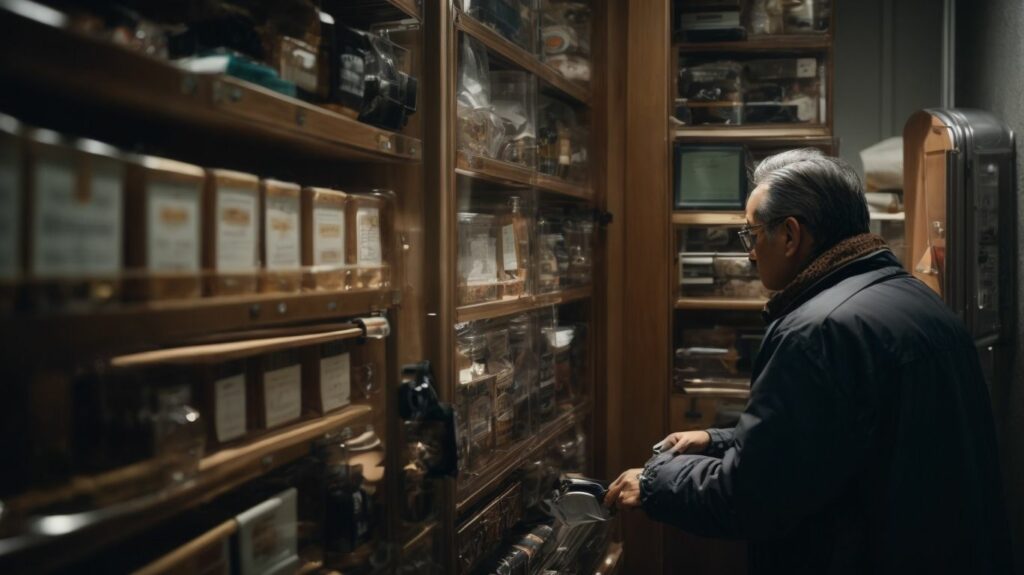
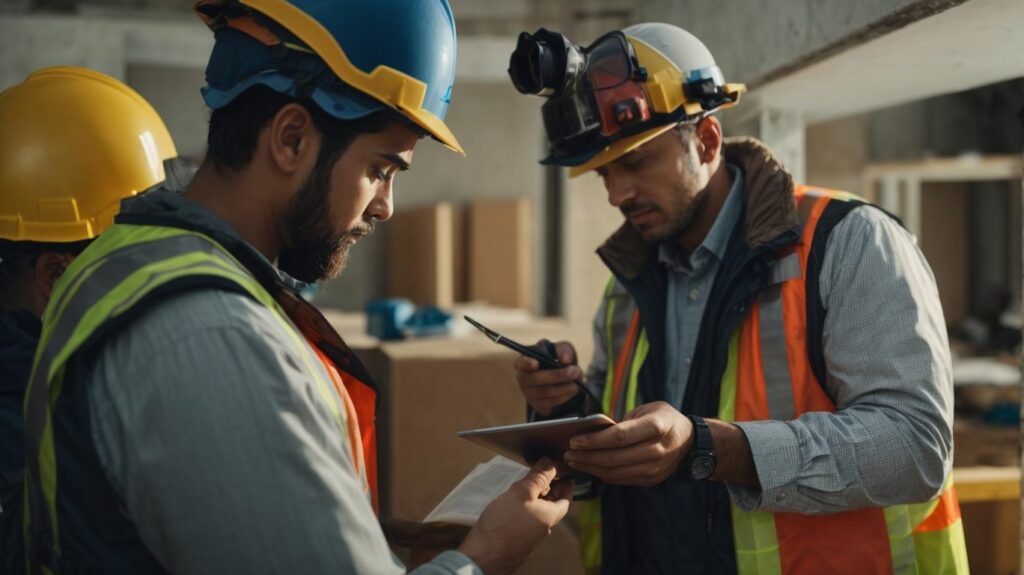
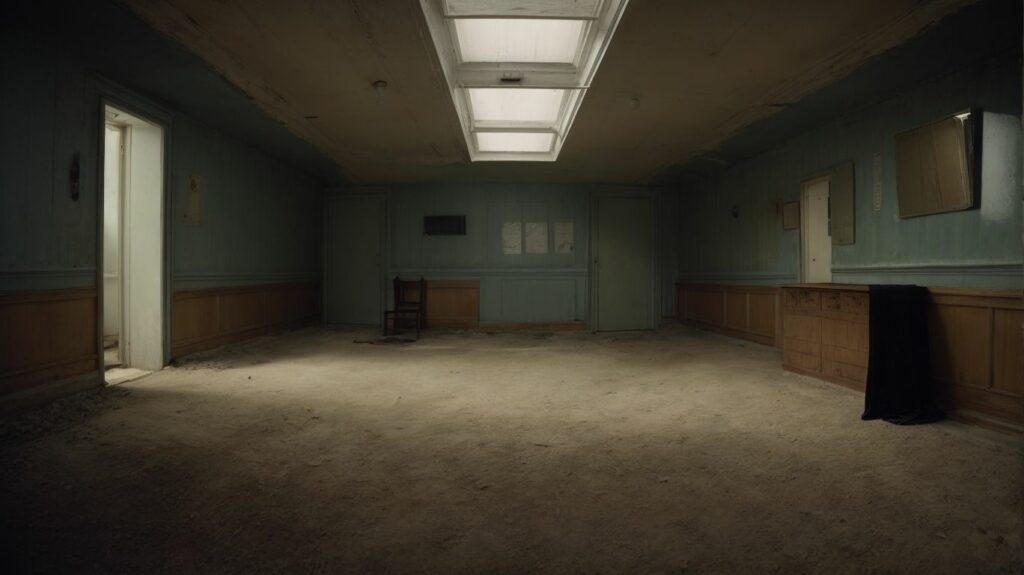
We Aim To Reply To All Enquiries With-in 24-Hours